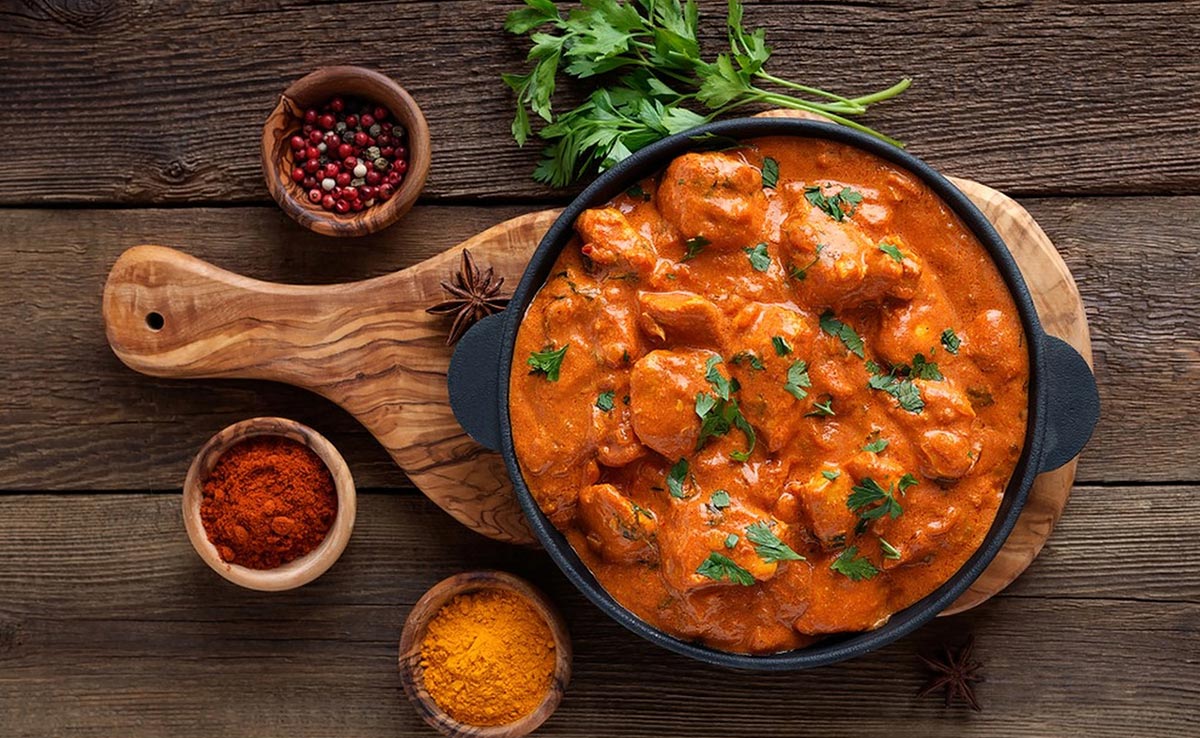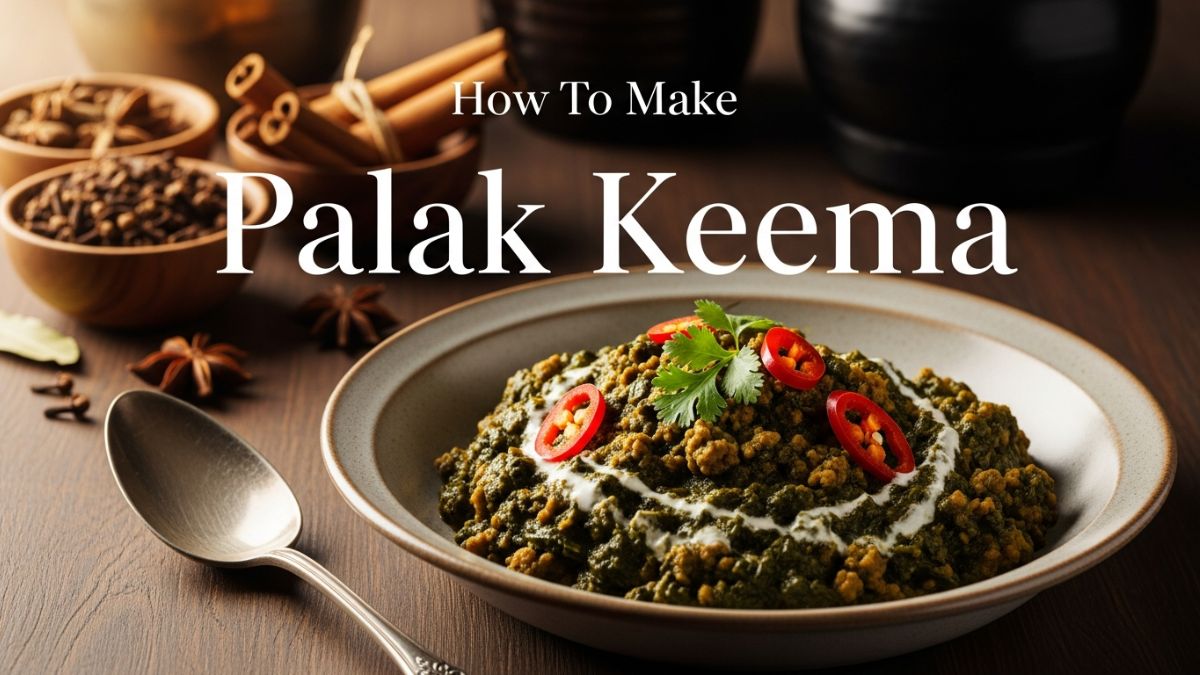Cinnamon, or dalchini, as it is fondly known in Indian households, is a beloved kitchen staple. Whether it is simmering in a pot of masala chai, adding depth to a rich desi curry, or lending warmth to a dessert, cinnamon is incredibly versatile and aromatic. But beyond its culinary appeal, this spice has long been valued in traditional medicine for its healing properties. What many do not realise, however, is that not all cinnamon is the same. The two most common varieties - Cassia and Ceylon - may look similar, but they differ significantly in composition, safety, and impact on health.
So, which one truly belongs in your spice rack and wellness routine? Here is what you need to know.
Also Read: Cinnamon May Help You Learn And Remember Things Better - Experts Explain
Ceylon Vs Cassia: What Is The Difference?
Cinnamon is derived from the inner bark of trees belonging to the Cinnamomum genus. Once harvested, the bark is carefully dried, causing it to naturally curl into the familiar quills we know as cinnamon sticks. These can also be ground into a fine, aromatic powder widely used in Indian cooking and global cuisines.
The two primary types are:
1. Ceylon Cinnamon (Cinnamomum verum)
Often referred to as 'true cinnamon', Ceylon is lighter in colour, has a more delicate, sweet flavour, and is primarily grown in Sri Lanka. It is less common and typically more expensive.
2. Cassia Cinnamon (Cinnamomum cassia)
Also known as Chinese cinnamon, Cassia is more affordable and widely available in supermarkets. It is darker, thicker, and has a stronger and more pungent flavour. This variety is mainly cultivated in South China, Vietnam, Laos, and Myanmar.
Also Read:5 Effective Ways To Use Cinnamon (Dalchini) In Diabetes Diet

Photo Credit: Pexels
Ceylon Or Cassia: Which One Is Healthier?
Both Cassia and Ceylon cinnamon contain cinnamaldehyde, a powerful antioxidant known for its anti-inflammatory properties. It helps reduce oxidative stress and supports the body's natural detoxification processes.
A study published in the journal Diabetes, Obesity and Metabolism found that Cassia cinnamon was linked to significant reductions in fasting blood sugar levels after consistent use over several months. This makes it particularly relevant for those managing diabetes or blood sugar-related concerns.
However, there is a catch. Cassia cinnamon contains higher levels of coumarin, a naturally occurring compound that can be toxic to the liver and potentially carcinogenic when consumed in large amounts over time.
Is It Safe To Consume Cassia In Food?
According to the Food Safety and Standards Authority of India (FSSAI), Cassia cinnamon can contain coumarin levels ranging from 0.8 per cent to 10.63 per cent, while Ceylon cinnamon typically contains only around 0.2 per cent. This significant difference makes Ceylon a safer option for regular consumption.
To ensure consumer safety and prevent food adulteration, FSSAI has set a regulatory limit - the coumarin content in cinnamon must not exceed 0.3 per cent by weight. "This inclusion of a new standard will help in distinguishing between Ceylon cinnamon and Cassia," the regulation states.

Photo Credit: Pexels
How To Tell The Difference Between Cassia And Ceylon Cinnamon?
1. Taste:
- Ceylon cinnamon has a sweet, mild, and delicate flavour.
- Cassia cinnamon offers a strong, spicy, and slightly bitter taste.
2. Colour
- Ceylon cinnamon is light brown in appearance.
- Cassia cinnamon is reddish to dark brown in colour.
3. Appearance
- Ceylon cinnamon has thin, papery bark that curls like a rolled newspaper.
- Cassia cinnamon has thick, hard bark that curls inward from both sides.
4. Texture
- Ceylon cinnamon has a smooth and soft texture and is easy to break.
- Cassia cinnamon has a rough, coarse, and woody texture.
5. Availability And Cost
- Ceylon cinnamon is less common and more expensive, often labelled as 'true cinnamon'.
- Cassia cinnamon is widely available and more affordable, commonly found in supermarkets.
Also Read: Lose Weight With Cinnamon Water! 4 Ways This Spice May Aid In Weight Loss
Choose The Right Cinnamon:
Cinnamon can be a flavourful and health-boosting addition to your diet, but only if you are mindful of the type you are using. While it is generally safe to use Cassia in small amounts for cooking, always opt for Ceylon cinnamon when using it for medicinal or daily health purposes.
So the next time you reach for that comforting sprinkle of cinnamon, take a moment to check the label and understand what exactly you are adding to your diet.
About Somdatta SahaExplorer- this is what Somdatta likes to call herself. Be it in terms of food, people or places, all she craves for is to know the unknown. A simple aglio olio pasta or daal-chawal and a good movie can make her day.












